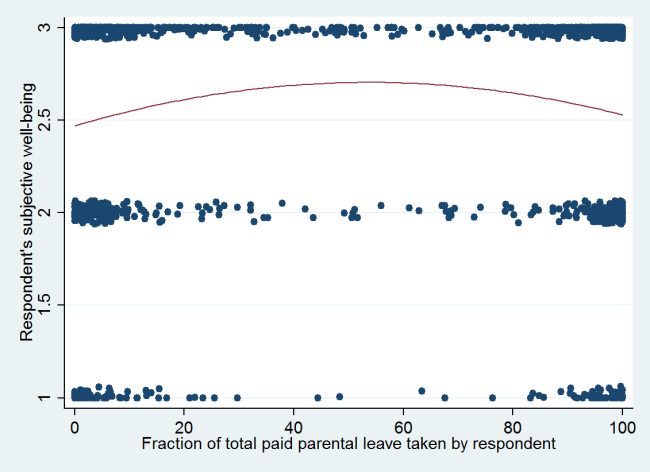I have a longer piece in this week’s issue of The Economist about the importance of prenatal health. Over the past decade or so there has been a push for early childhood education based on the argument that we need to intervene earlier in children’s lives. This is a good idea, but we need to intervene even earlier, and make sure that we treat pregnant women better. This is an issue of both gender equality and children’s adult outcomes. An excerpt:
A child’s long-term well-being is more profoundly shaped by influences in pregnancy than used to be realised
Apr 4th 2015 | From the print edition
HALF a century ago doctors saw the fetus as a “perfect parasite”—absorbing what it needed but sealed off in the womb from any harm done to the mother. About half of American women smoked through pregnancy. When babies were born with the damage now described as fetal-alcohol syndrome, heredity was blamed.
Since then it has become a commonplace that healthy habits and good nutrition during pregnancy make it less likely that a baby will be born early, underweight or ill. Now a growing body of research is showing that problems caused by the prenatal environment may not be apparent at birth, but can resonate throughout life. Infections, hunger, stress and air pollution have been implicated in a host of long-term problems for those exposed to them in utero, including bad health, poor school results and lower earnings. Even relatively minor exposure can increase the odds of suffering from chronic disease or disability.
Long-term consequences, by definition, take time to become apparent. And pregnant women cannot be randomly assigned to suffer different types of adversity—which can, anyway, be correlated either with each other or with inherited traits. So some of the strongest evidence has come from comparing those in the womb during sudden calamities such as famines, natural disasters and environmental accidents with those born just before or after. This approach untangles the effects of environment from those of genes or upbringing. Comparisons between entire cohorts should mean that those who were affected are the same as those who were not in every respect except their environment. That permits researchers to draw inferences about the effects of harms inflicted in utero on individuals rather than groups.
The 1918 influenza pandemic affected a third of all American women of child-bearing age. Fifty years on, those who had been in the womb at the time had done worse in school and were earning less than those slightly older or younger. The men were 20% more likely to be disabled. Similarly, babies born to Dutch women who were pregnant during the 1944-45 “hunger winter”, when the Nazis blocked shipments of food to the occupied western provinces of the Netherlands, were more prone in adulthood to a host of health problems, including obesity, heart disease, diabetes, schizophrenia and depression. And Swedes born in the months after the 1986 Chernobyl nuclear accident, which sent radiation-bearing dust clouds across swathes of the country, were 40% more likely to fail in middle school than those born just before or after, even though they were exposed to radiation at doses now considered harmless, and their physical health did not seem to be affected.

Less extreme events can also have long-term effects. A study from Sweden found that the children of women who had lost a relative while pregnant grew up to be more likely to suffer attention deficit disorder, anxiety or depression. Another, of Bangladeshi and Pakistani families in England, found that children whose first trimester in the womb coincided with Ramadan, when observant Muslims fast from sunrise to sunset, lagged behind educationally when they were seven—even though only some pregnant Muslims observe the fast. The negative effect on school performance was of similar size to the positive one associated with America’s Head Start, an early-years education programme.
One explanation for such ill effects is that poor prenatal health retards the growth of the fetus or causes premature birth. Pregnant women who live in areas with badly polluted air are more likely to give birth early and their children are on average smaller. Underweight newborns are more prone to the same types of ills that are linked to fetal-origins effects.
Read the full article here.
Simon Hedlin











